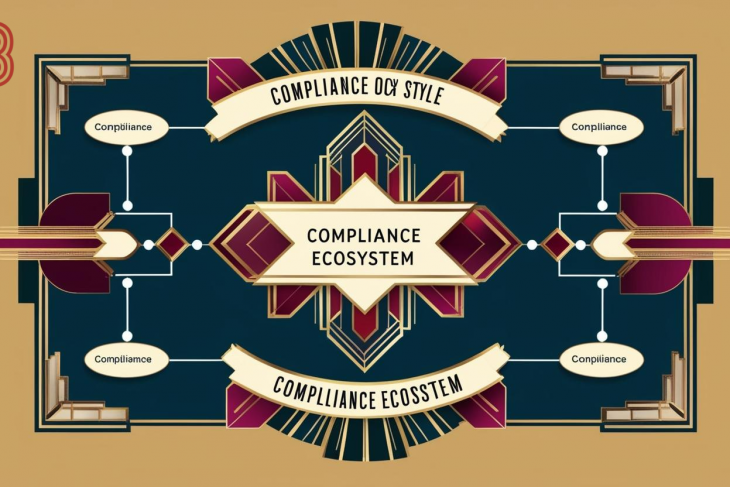
Introduction
In an era where digital transformation underpins the functionality of organizations worldwide, cybersecurity threats have become increasingly pervasive and complex. Among these threats, ransomware has emerged as a particularly insidious and damaging form of cyberattack. Ransomware attacks involve the encryption of an organization’s data by cybercriminals who then demand payment, usually in cryptocurrency, for the decryption key. The consequences of such attacks can be devastating, ranging from financial losses and operational downtime to reputational damage and legal liabilities. This comprehensive exploration will delve into the critical components of ransomware risk assessment, offering strategies for identifying vulnerabilities, evaluating risk levels, and implementing effective mitigation and response plans.
Understanding Ransomware
Ransomware is a type of malicious software designed to block access to a computer system or data until a ransom is paid. This malware typically enters a network through phishing emails, malicious downloads, or exploiting system vulnerabilities. Over the years, ransomware has evolved from simple screen blockers to sophisticated variants like Ryuk, Maze, and Conti, which use advanced encryption and stealth tactics to maximize damage and evade detection.
The Importance of Ransomware Risk Assessment
A ransomware risk assessment is a critical process that helps organizations understand their exposure to ransomware threats, identify potential vulnerabilities, and prioritize security measures. It enables businesses to allocate resources effectively, implement appropriate safeguards, and develop incident response strategies. Given the growing frequency and severity of ransomware attacks, conducting a thorough risk assessment is no longer optional but a necessity for ensuring cyber resilience.
Key Components of Ransomware Risk Assessment
Asset Identification and Classification
Identify all critical assets including databases, servers, workstations, and cloud environments.
Classify assets based on their importance to business operations and sensitivity of data.
Threat Landscape Analysis
Analyze recent ransomware trends and threat actors.
Understand the common vectors used in ransomware attacks such as phishing, remote desktop protocol (RDP) vulnerabilities, and software exploits.
Vulnerability Assessment
Conduct regular scans to identify vulnerabilities in software, hardware, and network configurations.
Evaluate patch management practices and outdated systems that may be susceptible to attack.
Access Control and Privilege Management
Review user access policies to ensure the principle of least privilege is enforced.
Implement multi-factor authentication (MFA) and monitor privileged account activities.
Data Backup and Recovery Readiness
Assess the effectiveness of data backup strategies.
Test recovery procedures to ensure data can be restored quickly and accurately without paying ransom.
Security Awareness and Training
Evaluate employee awareness of ransomware threats.
Implement regular training programs and phishing simulations.
Incident Response and Business Continuity Planning
Develop and test incident response plans specifically addressing ransomware scenarios.
Integrate ransomware response into the broader business continuity strategy.
Risk Evaluation and Prioritization
Once risks are identified, they need to be evaluated based on their likelihood and potential impact. This involves:
Assigning a risk rating to each identified vulnerability.
Prioritizing risks based on the criticality of affected assets and the severity of potential damage.
Using risk matrices or scoring systems to support decision-making.
Mitigation Strategies
To reduce the risk of ransomware attacks, organizations should adopt a multi-layered security approach, including:
Endpoint Protection: Deploy advanced antivirus and endpoint detection and response (EDR) solutions.
Network Segmentation: Limit lateral movement within the network by enting critical assets.
Email Security: Implement email filtering and anti-phishing technologies.
Patch Management: Maintain up-to-date software and promptly apply security patches.
Zero Trust Architecture: Enforce strict access controls and continuously verify user identities.
Threat Intelligence Integration: Use threat intelligence to stay informed of emerging threats and adjust defenses accordingly.
Regulatory Compliance and Legal Considerations
Many industries are governed by regulations that mandate cybersecurity practices, such as GDPR, HIPAA, and NIST frameworks. A comprehensive risk assessment must align with these regulatory requirements to avoid penalties and ensure legal compliance. Additionally, organizations should understand the legal implications of paying ransoms, which in some jurisdictions may violate anti-money laundering laws.
Technological Tools for Ransomware Risk Assessment
Modern cybersecurity tools can automate and enhance the ransomware risk assessment process. These include:
Security Information and Event Management (SIEM) systems for real-time threat detection and analysis.
Vulnerability Scanners to identify and prioritize vulnerabilities.
Risk Management Platforms that provide dashboards and analytics for risk visualization.
Backup Solutions with built-in ransomware protection and anomaly detection.
Case Studies and Real-World Examples
Several high-profile ransomware attacks illustrate the importance of effective risk assessments:
Colonial Pipeline (2021): Disrupted fuel supply across the U.S. East Coast due to a ransomware attack exploiting VPN vulnerabilities.
Baltimore City (2019): Incurred over $18 million in damages following a RobbinHood ransomware attack.
NHS (2017): The WannaCry outbreak severely disrupted healthcare services, highlighting the dangers of unpatched systems.
Challenges in Ransomware Risk Assessment
Dynamic Threat Landscape: Attackers continuously evolve their tactics, making it difficult to stay ahead.
Resource Constraints: Small and medium-sized enterprises (SMEs) often lack the resources for comprehensive assessments.
Data Silos: Disparate IT systems and lack of integration can obscure visibility into risks.
Human Factors: Employee negligence remains a significant contributor to successful ransomware attacks.
Future Trends and Emerging Technologies
The future of ransomware risk assessment will likely involve:
AI and Machine Learning: Enhancing detection and predictive capabilities.
Behavioral Analytics: Identifying anomalous user behavior indicative of ransomware activity.
Cyber Insurance: Offering financial protection but requiring thorough risk assessments for policy approval.
Security Automation: Streamlining threat response and vulnerability management.
Summary
Ransomware poses a formidable threat to organizations of all sizes and sectors. A proactive, systematic approach to ransomware risk assessment is essential for understanding and mitigating these risks. By identifying vulnerabilities, evaluating potential impacts, and implementing robust controls, organizations can enhance their resilience and respond effectively to ransomware incidents. As threats continue to evolve, ongoing risk assessments, employee training, and technological innovation will be key to staying one step ahead of cybercriminals.




















